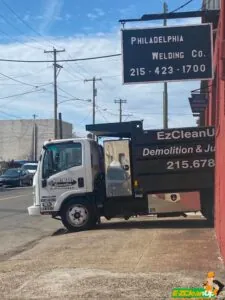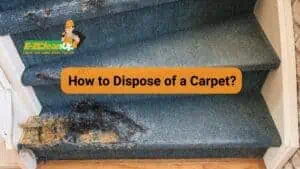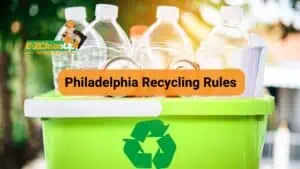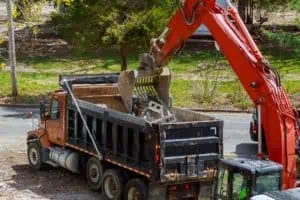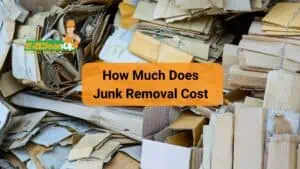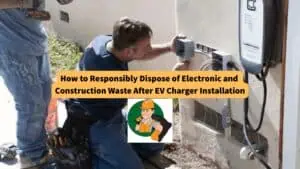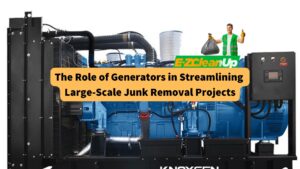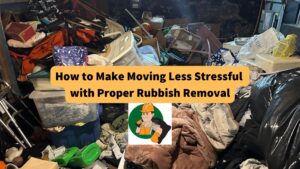Breathing new life into old welding rods can be a canvas for creativity, from sculpting to enhancing homes and gardens. Embracing DIY projects hones skills and prevents waste. It offers endless possibilities for artistic and practical creations and ensures a sustainable approach to material use.
If you want to know more about the answer to “What can I do with old welding rods,” read on.
Identifying Usable vs. Unusable Welding Rods
The usability of welding rods largely depends on their exposure to moisture, storage conditions, and physical state. Rods exposed to moisture and showing signs of rust or corrosion are generally considered unusable due to the degradation of their welding performance.
Visual inspection for any physical damage, such as cracks or significant wear, is critical, as damaged rods can compromise the welding quality. The flux condition is another indicator of a rod’s usability. If the flux is degraded, flaking off, or contaminated, the rod may not perform adequately during welding.
Proper storage plays a crucial role in maintaining the usability of welding rods. Those kept in a dry, cool environment are more likely to remain usable compared to those exposed to humidity or extreme temperatures.
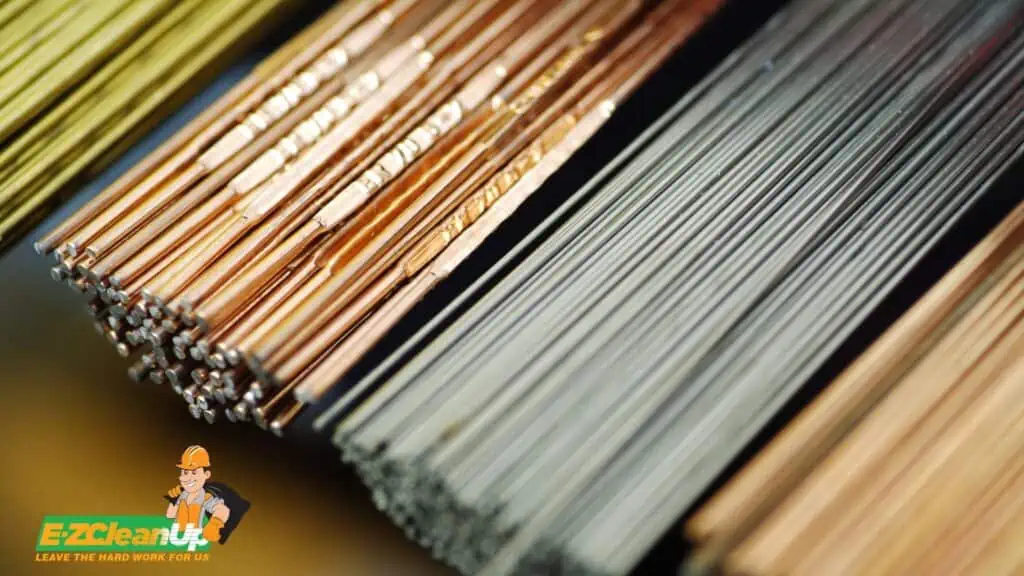
Safety Considerations When Handling Old Welding Rods
Safety is important when dealing with old welding rods. Take note of the following when handling the task:
- Wearing Personal Protective Equipment: Gloves protect your hands from cuts and burns, while eye protection shields your eyes from sparks and harmful particles. This equipment is essential in preventing injuries during the handling process.
- Working in Well-Ventilated Areas: This practice reduces the risk of inhaling any potentially harmful fumes or particles released during the process. Ensuring proper airflow can significantly decrease health hazards.
- Proper Disposal of Unusable Welding Rods: It’s important to dispose of welding rods that are no longer usable in a responsible manner. Incorrect disposal can lead to environmental contamination. Following proper disposal guidelines helps prevent soil and water pollution.
- Recycling Scrap Metal Rods: Many scrap metal rods can be recycled, turning waste into valuable resources. This approach not only conserves natural resources but also supports sustainability in welding practices.
Recycling Options for Unusable Welding Rods
Exploring recycling options for unusable welding rods is a practical and eco-friendly approach to managing waste.
Finding Recycling Facilities that Accept Welding Materials
Firstly, start by researching local recycling facilities that are equipped to handle welding materials. Contacting local scrap metal recyclers, metal fabrication companies, or your municipal recycling centers could provide you with information on whether they accept welding rods.
Specialized recycling centers that deal specifically with metal waste can ensure the proper disposal of these rods. Additionally, online resources such as Earth911 offer extensive recycling databases to help you find a suitable facility.
How to Prepare Welding Rods for Recycling
Preparing welding rods for recycling involves a few simple steps. Begin by sorting the rods based on their material composition, as different types of welding rods may contain varying metals.
It’s important to remove any contaminants, such as paint or dirt, that could hinder the recycling process. Depending on the facility’s requirements, you might need to cut the welding rods into manageable lengths or bundle them for easy transportation.
Always contact the recycling facility beforehand to confirm any specific preparation guidelines they may have.
Understanding the Recycling Process for Metal Materials
The recycling journey for metal materials is a well-organized process aimed at conserving resources and minimizing environmental impact. Initially, metals are segregated to identify ferrous from non-ferrous materials using tools as simple as magnets. This step is crucial because it determines the recycling approach for each metal type.
Subsequently, the metals undergo preparation, where any non-metal components are separated to increase the recyclability of the metal itself. Facilities specializing in recycling then process these metals, transforming them into raw materials for new products.
Local Regulations and Guidelines for Recycling Hazardous Materials
Learning about the local regulations is essential for the responsible recycling of hazardous materials, including certain types of welding rods. These materials may contain elements that pose environmental risks, thus classifying them as hazardous waste.
However, exceptions exist, such as when welding rods are considered “scrap metal” and recycled under specific conditions. This checks them off the list of strict hazardous waste management protocols. Adherence to both federal and local guidelines ensures that the disposal of hazardous materials aligns with environmental safety standards.
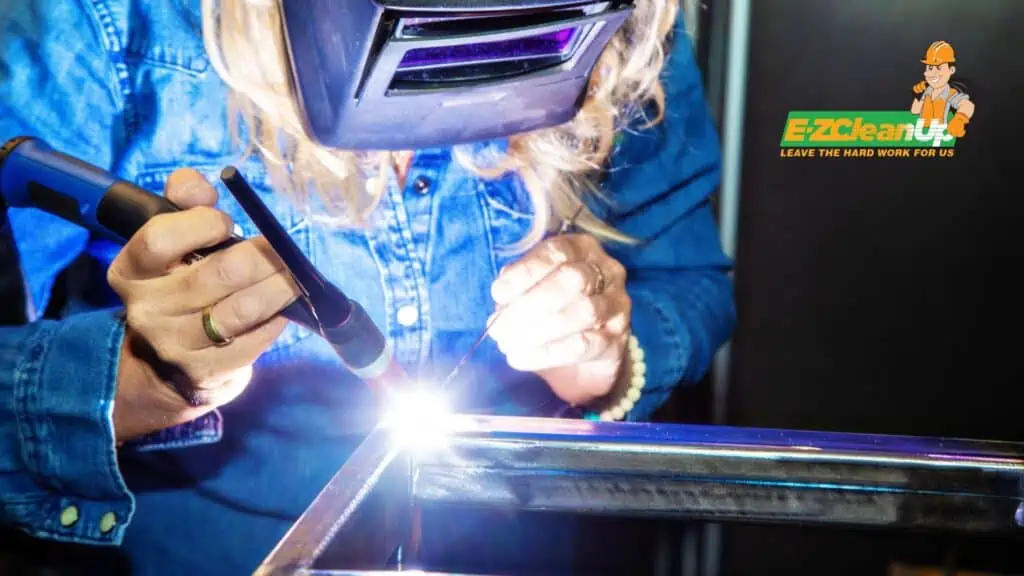
Classifying Hazardous vs. Non-Hazardous Welding Rods
The distinction between hazardous and non-hazardous welding rods lies in their chemical composition and the potential environmental impact of these chemicals. Rods containing substances like lead, cadmium, or chromium require careful handling as per the guidelines found in their Safety Data Sheets (SDS).
These documents offer vital information on the rods’ components and disposal procedures. They ensure compliance with hazardous waste regulations. By referring to the SDS and understanding the regulatory rules, individuals and businesses can make informed decisions on the proper management of welding rods.
Reusing and Repurposing Options for Old Welding Rods
Old welding rods don’t have to end up in landfills. With a bit of creativity and the right approach, you can give these materials a second life. Here’s how you can transform old welding rods into something new and exciting.
Creative Projects and DIY Ideas
The versatility of welding rods means they can be fashioned into various artistic and functional items.
- Sculptural Creations and Art Installations: This allows for a broad expression of creativity, from intricate designs to abstract forms. It’s an opportunity to explore the industrial aesthetic of welding rods and create captivating art pieces.
- DIY Home and Garden Enhancements: Utilize old welding rods for practical home and garden projects like building custom metal furniture, plant holders, or trellises. These projects not only add an industrial charm to your space but also serve practical purposes, such as supporting plant growth or providing unique, handmade furniture.
- Skill-Building Projects: Engage in projects like crafting metal sculptures or functional art pieces such as lamps and clocks. This can serve as both a creative outlet and a way to refine your welding skills. For instance, a “Spoon Flower” or a “Floating Chain Wine Bottle Holder” project can turn practice into tangible, aesthetic items.
- Firewood Rack and Log Splitter: Create a firewood rack to neatly store and dry your firewood and ensure it burns efficiently. A log splitter can also be crafted to make the process of preparing firewood easier and more efficient.
- Garden and Outdoor Projects: Consider making a fire pit, garden benches, and even garden arches out of welding rods. These projects enhance outdoor spaces by adding functionality and aesthetic appeal. For instance, a rebar fire pit grill can be a fantastic addition to outdoor gatherings. It combines warmth with the ability to cook delicious meals.
- Horseshoe Coat Hangers and Wine Racks: These projects blend functionality with rustic charm, whichmakese them popular among enthusiasts of both horses and fine wines.
- Customized Steel Frame Beds and Headboards: Crafting steel frame beds and headboards can meet the demand for customized bedroom furniture. This project offers the potential for good profit due to the unique designs that can’t be found locally.
Donating to Educational or Training Facilities
Donating old welding rods can support educational programs and aspiring welders. It fosters learning and skill development while embracing the principles of sustainability.
To find places that welcome donations of welding rods, start by reaching out to local trade schools, vocational programs, or community colleges that offer welding courses. Welding workshops or training centers might also be interested. Online platforms, including social media groups and forums dedicated to welding education, can connect you with organizations in need.
Preparing and Organizing Donations
When preparing your donation, it’s helpful to sort the welding rods by type and condition, bundle them for easy transport, and document what you’re donating. This can aid the receiving organization in understanding how they can best use the materials. After identifying potential recipients, contact them to arrange the details of your donation. This will ensure a smooth and beneficial transfer.
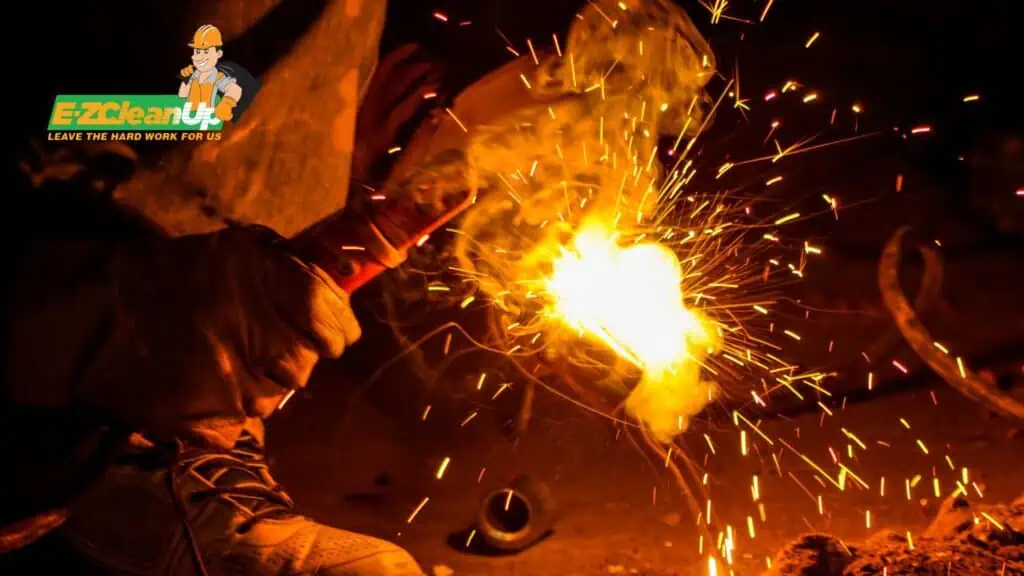
Selling and Exchange Opportunities for Welding Rods
Exploring options for selling or exchanging old welding rods can be a practical approach to waste management. Whether you’re considering selling scrap metal or leveraging online marketplaces, there are several avenues to pursue.
Selling as Scrap Metal
When planning to sell old welding rods as scrap metal, the first step is to identify local scrap yards or dealers willing to accept them. Prices vary based on metal type and market demand, making it crucial to research current rates for different metals.
Websites like ScrapMonster or the iScrap App can be valuable resources for comparing prices and finding nearby dealers. Ferrous metals like steel and iron are magnetic and commonly recycled, while non-ferrous metals like copper and aluminum, which are more valuable, require separate handling to maximize returns.
Online Marketplaces and Forums for Selling or Exchanging
For those looking to sell or exchange welding rods online, platforms like eBay, Craigslist, and specialized welding forums are excellent options. When listing welding rods, provide detailed descriptions, include clear photos, and ensure proper packaging for shipping. This approach can help attract potential buyers and ensure the rods reach them in good condition.
Tips for Preventing Waste and Extending the Life of Welding Rods
Maximizing the lifespan and efficacy of welding rods is essential for quality welding work and efficient resource use. Here’s how you can ensure your welding rods are stored properly and used efficiently to prevent waste.
Proper Storage Methods to Prevent Degradation
The key to preventing the degradation of welding rods lies in how they are stored. Moisture is a significant enemy of welding rods. It causes rust that weakens them, potentially leading to weld failure.
To combat this, welding rods should be stored in a dry place with low humidity levels and ideally in their original packaging or containers designed to protect them from environmental factors. A controlled temperature between 70 and 100°F (21 and 38°C) is ideal. This will ensure that the rods do not absorb moisture, which can lead to defects such as porosity and cracking during welding.
Storing rods in their original packaging is beneficial, as it’s designed to protect them from moisture and other contaminants. If the original packaging is damaged or is not available, airtight plastic bags or containers with tight-fitting lids are suitable alternatives.
It’s crucial to place these storage containers in areas away from direct sunlight, heat sources, and high humidity to maintain the rods’ integrity.
Best Practices for Welding Rod Usage and Conservation
Effective welding rod usage starts with selecting the appropriate type of rod for your specific welding application. This ensures minimal wear and efficient use. It’s important to avoid contamination of the rods by keeping them clean and free from substances that could affect weld quality.
Additionally, handling the rods with care to avoid bending or damaging them is vital, as such damage can impact their performance during welding operations.
Awareness of the welding rod’s AWS classification code is essential since it dictates how you should store your rods and their longevity outside storage. This code indicates the sensitivity of the rod to environmental conditions.
For rods that have been exposed to moisture, a process known as redrying can be employed to save them from water damage. This involves heating the rods to evaporate any moisture they may have absorbed.
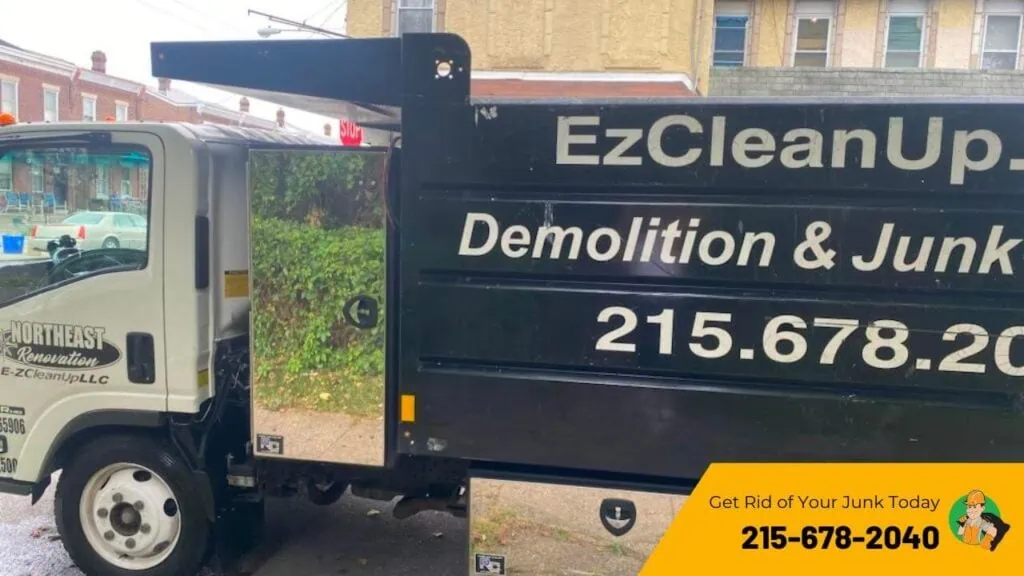
Welding Rod Wonders: Crafting Space to Solutions
The challenge of managing old welding rods poses risks and clutter. EZ CleanUp provides an effective service that turns clutter into clarity by handling the disposal efficiently. We’ll keep your workspace safe and sustainable.
We can handle the responsible disposal of most types of trash. If you’re thinking of a big cleanup along with the disposal of your old welding rods, contact us.


